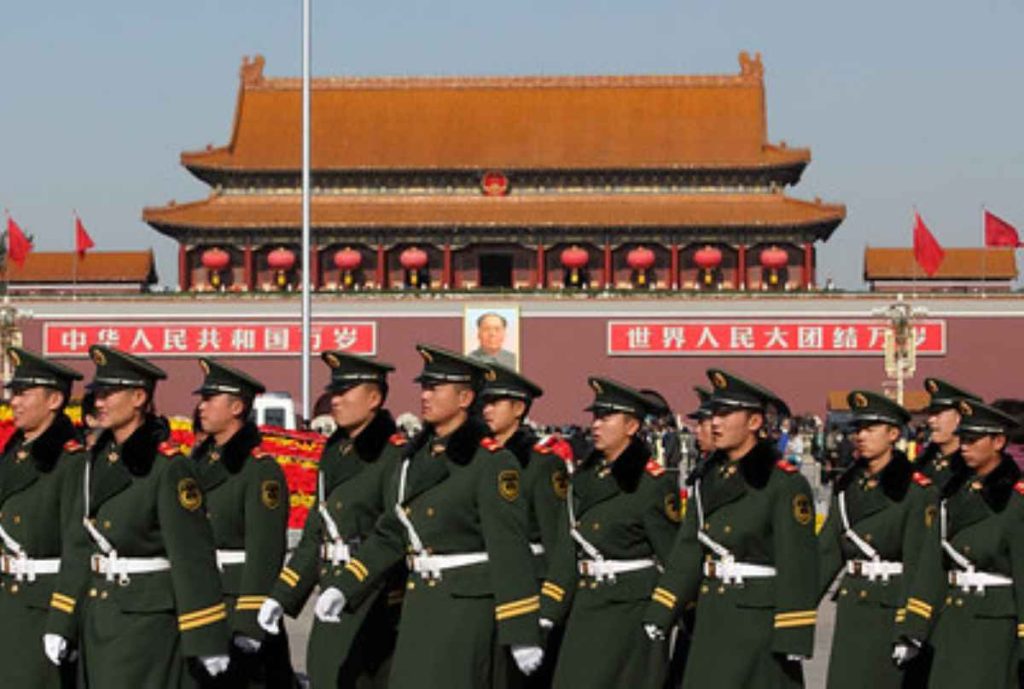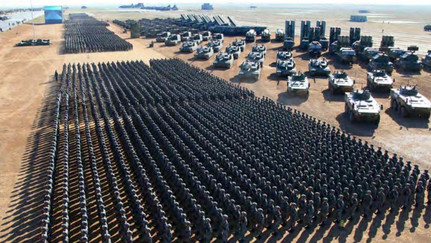CHINA is planning to develop 6G technology to upgrade its two million strong People’s Liberation Army so that it can transcend contemporary military conventions.
Even though the worl’d most populous country and second largest economy is only now rolling out 5G technology, the military have moved into a higher gear, and the paradigm shift in ambition is the dream of Professor Xin Su of the Ministry of Science and Technology.
Professor Su Xin of Tsinghua University
Su Xin is the architect of the project and is overseeing the development in conjunction with 37 experts from universities, corporations and science insitutions across China.
The technology that is predicted to be one thousand times faster than 5G and have next to zero latency, and much larger bandwidth and connectivity hubs and remote data sensors than existing infrastructure, and including the capacity for ultra-high fidelity virtual reality.
Beijing’s Defence Report
An academic report entitled, “If 6G Were to be Used in the Future Battlefield”, published by the PLA’s China National Defence News on Monday the 13th of April, argued that the Beijing should push for a global militaristic edge by developing 6G, whilst the US is still contemplating how 5G can be integrated into their strategic defence networks.
The document sated: “If 6G technology is introduced into the military, it will surely have a major impact on military practices, such as war formation, equipment development and battlefield communications.
“Promoting the gradual application of 6G in the military might be one of the major focuses for the Chinese armed forces to adapt to the new military changes in the future.”
Huawei ahead of Ericsson in 5G base-station roll out
China already has 130,000 5G base stations across the vast country, whilst the US has it’s own base stations still sitting in Ericsson’s 5G smart-factory in Texas .
The 6G development is theoretical at present, but Beijing hope to expand this to consumers late this decade, or in early 2030.
The opportunities for machine to machine communications, ultra low latency autonomous control of devices, vehicles and sensors that comprise the growing internet of things is almost frightening to conceive.

The benefits of 6G technology
One of the main benefits of the 6G capabilities are its low latency properties, that would vastly improve intelligence gathering in theatres of war, and give China a superiority in handling autonomously powered war-machines, such as drones.
The article produced by the Chinese military also added: “Based on the 6G network, the commander could make the right decisions quickly after the control-and-command network mined, learned and analysed vast data from the ground.”
This new level of connectivity combined with brain to internet interfaces, such as Elon Musk’s Neuralink, but also being developed by China’s Tianjin University and China Electronics Corporation, could see the ignition of the singularity, of what futurists have long awaited.
In the meantime, among the competition to develop this new technology is Finland’s 6G Flagship being developed out of the country’s University of Oulu.
Japan has also conducted a recent study on the feasibility and types of standards that would have to be met to merit calling a technology 6G.
The whole area of mobile telecommunications technology labelling has not been globally standardised, and what China may be dveloping and labeling as 6G, may be different and either of a higher or lower level of development to what is being dveloped by Finnish researchers or those in Japan.
What is sure is that the battlefields of the future will be commanded remotely and operational activity primarily carried out by automonoud vechiles.
For militaries to become successful at this level, low latency and high bandwidth networks, as well as comprehensive connectivity are essential.

